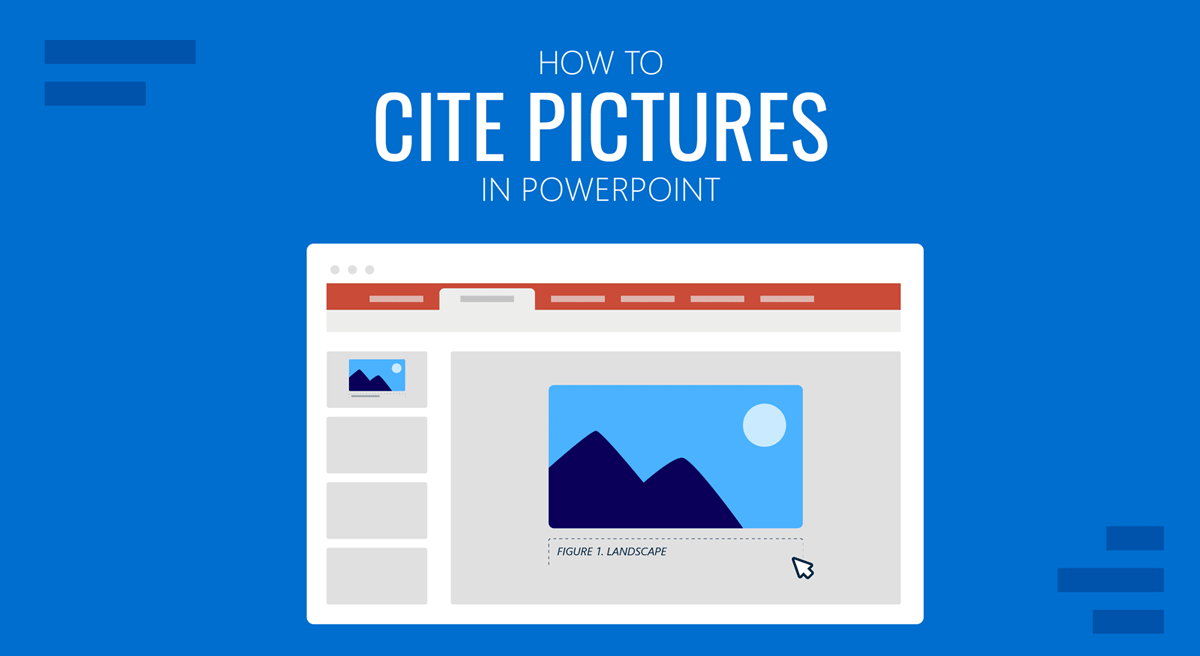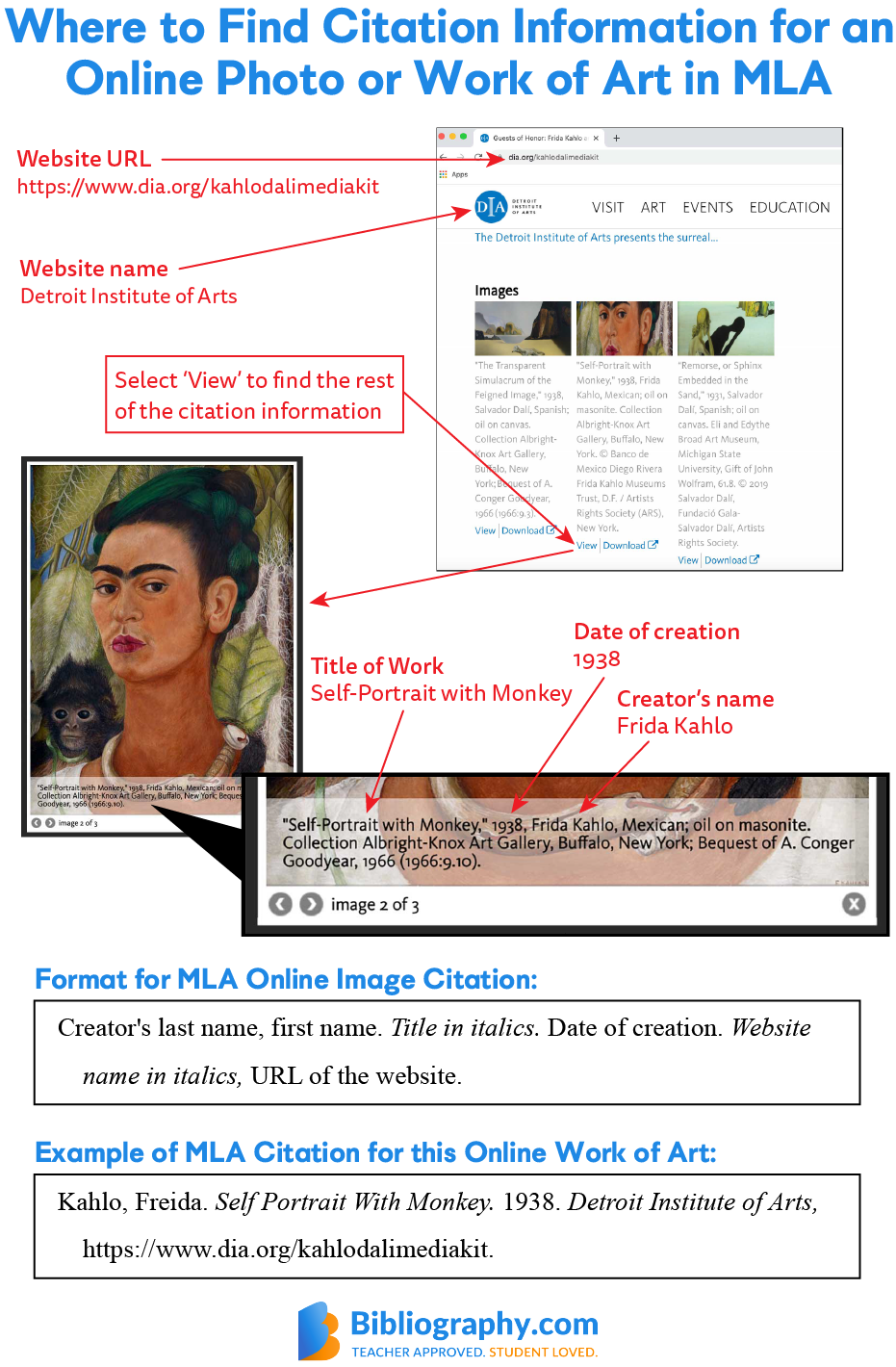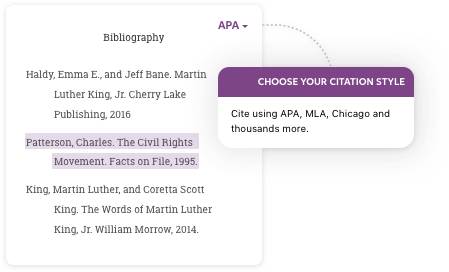When it comes to using images in your projects, whether they're for academic work, blogs, or presentations, citing them correctly is crucial. Getty Images is one of the most significant sources for stock photos, but its images are protected by copyright laws. Understanding how to properly cite these images not only gives credit to the original creator but also helps you avoid any legal pitfalls associated with copyright infringement. In this guide, we'll break down the essentials of citing Getty Images photos, ensuring you're well-informed and compliant.
Understanding Copyright and Licensing

Copyright is a legal protection granted to creators, allowing them exclusive rights to use and distribute their work. When it comes to photographs, copyright means that the photographer or the agency that represents them, like Getty Images, maintains control over how that image is used. Here's why understanding copyright and licensing is vital:
- Photographic Ownership: Once a photo is taken, the photographer automatically holds copyright to that image unless they transfer those rights. This means they have the sole authority to license its use.
- Licensing Options: Getty Images operates on a licensing model, offering various licenses like rights-managed and royalty-free. Rights-managed licenses cover particular usages and durations, while royalty-free licenses allow for broader use without ongoing fees.
- Correlating Usage Rights: When using Getty Images photos, be sure to review the licensing terms associated with each image. Some may allow for educational use, while others may restrict commercial use.
- Consequences of Infringement: Using an image without proper citation or licensing can lead to legal actions, including hefty fines. Understanding the licensing terms helps you avoid these pitfalls.
In summary, whether you're a student, blogger, or business professional, grasping the nuances of copyright and licensing is essential when citing photos from Getty Images. By respecting the rights of the creators, you contribute to a culture of acknowledgment and fair use.
Also Read This: How Much Can You Make from Videos on Getty Images Earnings Potential for Video Creators
Different Citation Styles and Their Requirements

When it comes to citing images—especially professional ones like those from Getty Images—it's crucial to understand the different citation styles and their specific requirements. Each style has its own set of rules for how to format citations, and overlooking these can lead to improper attribution. Let's break down the main citation styles used in academic and professional writing:
- APA (American Psychological Association)
For APA style, you typically need to include the creator’s name, the year of publication, the title of the work, the website name, and the URL. A citation may look like this:
Author Last Name, First Initial. (Year). Title of the image [Photograph]. Getty Images. URL - MLA (Modern Language Association)
In MLA format, the citation focuses on the creator's name, the title, and the source. It’s slightly different in its structure:
Last Name, First Name. Title of Image. Website Name, Day Month Year, URL. - Chicago Style
Chicago style can vary between its author-date and notes-bibliography systems. A typical citation in Chicago’s notes-bibliography style looks like this:
First Name Last Name, "Title of Image" (Year), URL.
Each style has unique aspects for managing details like italics, capitalization, and punctuation, so be sure to reference the official style guides for anything specific!
Also Read This: How to Remove Getty Images from Your Photos
Steps for Proper Attribution of Getty Images

Citing Getty Images correctly is essential to respect copyright law and give credit where it's due. Here are some easy steps to ensure you’re attributing correctly:
- Identify the Image: When you find an image on Getty, take note of the author's name and the title of the image. This information is usually displayed beneath the image or in its metadata.
- Copy the URL: You’ll want to link back to the image itself. Make sure to copy the direct URL of the image from Getty’s website for your citation.
- Choose Your Citation Style: Determine which citation style you need to use (APA, MLA, Chicago, etc.) based on your project or assignment requirements.
- Format the Citation: Construct your citation based on the guidelines for the style you’ve chosen, making sure to include every necessary detail.
- Include the Citation in Your Work: Place the citation in your bibliography, works cited, or reference page as required, and don’t forget to include in-text citations if needed.
By following these steps, you’ll not only comply with copyright regulations but also provide valuable context for your audience. Remember, proper attribution matters!
Also Read This: Order History Cleanup: How to Delete Order History from Flipkart
5. Using Getty Images' Own Tools for Citation
When it comes to citing a photo from Getty Images, one of the best resources at your disposal is Getty Images' own set of tools designed specifically for this purpose. They offer a range of easy-to-use features that help ensure you're giving proper credit while following copyright guidelines.
Here’s how you can leverage Getty Images’ tools:
- Image Licensing Information: When you download an image, be sure to check the licensing information associated with it. Getty provides clear guidelines on how the image can be used, including citation requirements.
- Embed Codes: Getty Images often provides an embedded code for their images. When you use this code, it automatically includes the necessary attribution, which can save you time and help you avoid mistakes.
- Citation Templates: Some images come with pre-generated citation templates. You can easily copy and paste these into your work to ensure accuracy.
- Customer Support: If you're ever in doubt, Getty Images offers customer support to answer any questions regarding copyright and citation. They can provide guidance tailored to your specific use case.
By using these tools, you not only protect yourself legally but also show respect for the creators behind the images. Remember, citing properly is about more than just avoiding penalties—it’s about honoring the artistry and hard work that goes into every photo.
Also Read This: How to Successfully Sell Your Images on Getty Images for Maximum Earnings
6. Examples of Proper Citations
Now that you have a solid understanding of how to cite an image from Getty, it’s crucial to see some practical examples to really grasp the concept. The format for citing an image can vary, so here are a few typical citation styles you might encounter:
| Citation Style | Example |
|---|---|
| APA Style | Smith, J. (2023). Title of the Image [Photograph]. Getty Images. URL |
| MLA Style | Smith, Jane. Title of the Image. Getty Images, Year of Publication, URL. |
| Chicago Style | Smith, Jane. “Title of the Image.” Getty Images, Year. URL. |
In these examples:
- Author: This is usually the creator of the image.
- Title: Always italicize the title of the image.
- Source: Include “Getty Images” to indicate where the image is from.
- Year: Mention the year when the image was created or published.
- URL: Providing the link is crucial so readers can find the image directly.
These citations are essential not only for academic integrity but also for proper respect and acknowledgment of artists and photographers. So, the next time you use a stunning photo from Getty Images, remember to cite it correctly!
Also Read This: How to Cite Getty Images in Chicago Style
Common Mistakes to Avoid
Citing images properly can be a bit tricky, especially when you're working with resources like Getty Images. It’s essential to get it right to avoid any copyright issues. Here are some common mistakes you should steer clear of:
- Neglecting to Check Licensing: Always ensure you understand the specific license for the image you're using. Getty Images offers various licenses, and failing to check could lead to improperly attributed images.
- Missing Attribution: One of the biggest faux pas is not including attribution at all. Even if the image is licensed, you’re often required to credit the creator. Always remember to give credit where it's due.
- Inaccurate Attribution: It’s not enough to just mention "Getty Images" in your blog. Make sure to provide the full name of the photographer or creator and adhere to the format specified in the licensing terms.
- Overloading with Text: Sometimes, people try to make attribution fancy with extra details, but that can clutter your content. Keep it concise; simple is often better.
- Using Images Beyond Their License Terms: Just because you see an image on Getty Images doesn't mean you're automatically allowed to use it for any purpose. Always verify the terms—especially if you want to modify or redistribute the image.
- Forgetting to Link: If you’re citing an image online, it’s good practice to link back to the source, whether it’s the Getty Images website or the specific image URL. This adds transparency and provides readers a path to the original source.
Conclusion on the Importance of Proper Attribution
In today’s digital landscape, where images are readily available with just a click, proper attribution is more crucial than ever. Here’s why you should always prioritize accurate citation of images from Getty Images:
- Respecting Creators: Remember, there’s a talented individual behind every image. Proper attribution isn't just a legal requirement; it’s a way to honor and respect their work.
- Avoiding Legal Issues: Failing to cite properly can lead to copyright infringement, which can have serious legal repercussions. Avoid unnecessary headaches by ensuring you’re compliant with licensing terms.
- Enhancing Credibility: When you use images responsibly, you’re not only establishing authenticity in your work but also building trust with your audience.
- Encouraging Creative Commons: By citing sources correctly, you promote a culture of sharing and respect for intellectual property, which benefits everyone in the creative community.
- Improving SEO: When you link back to the original image source, it’s a good SEO practice. It shows Google that your content is well-researched and properly sourced, which could benefit your rankings.
In summary, proper attribution is not just a nicety—it's a necessity in creating ethical and credible content. So, the next time you’re eager to use that stunning Getty image, remember: citation is key!
 admin
admin








